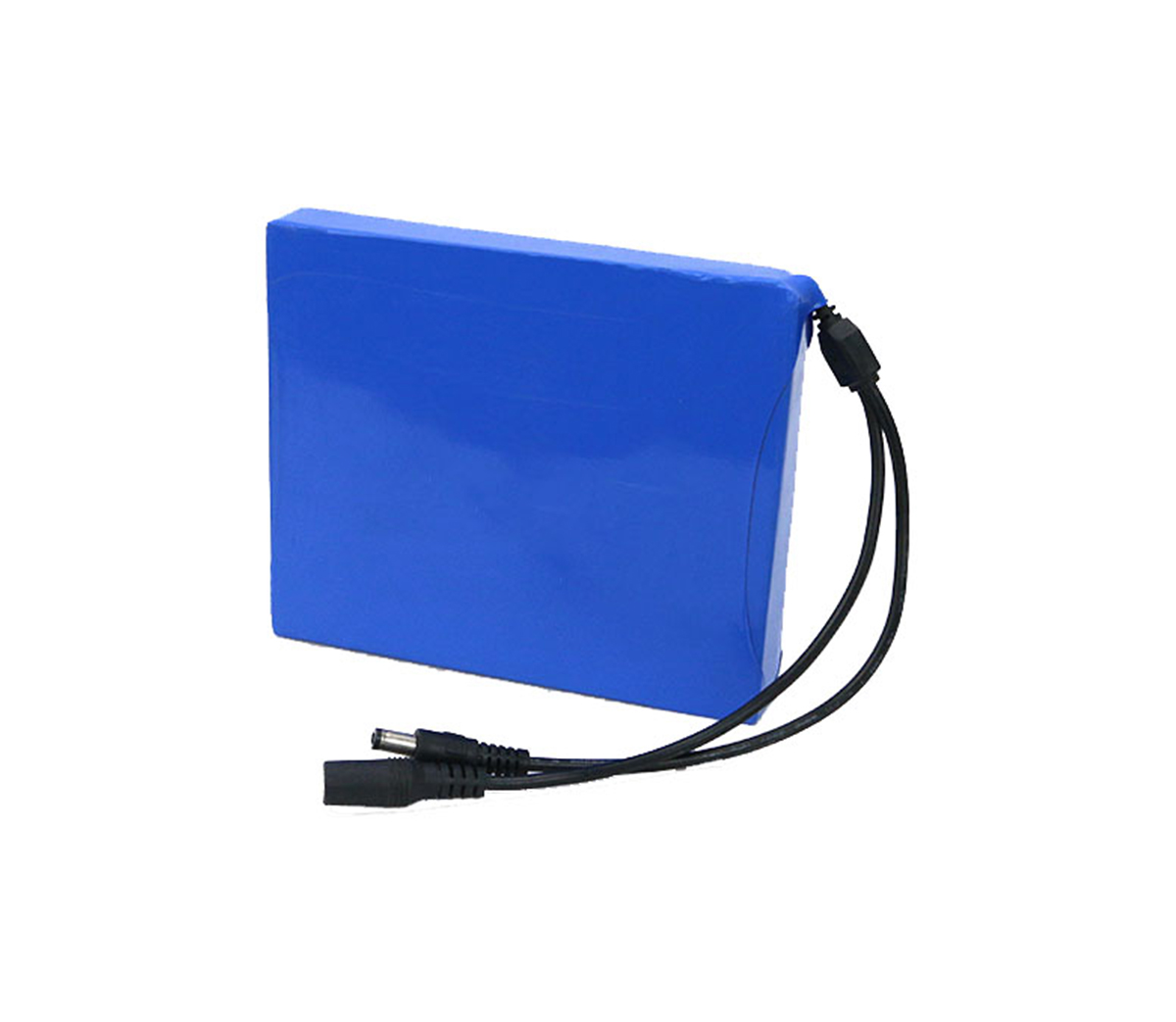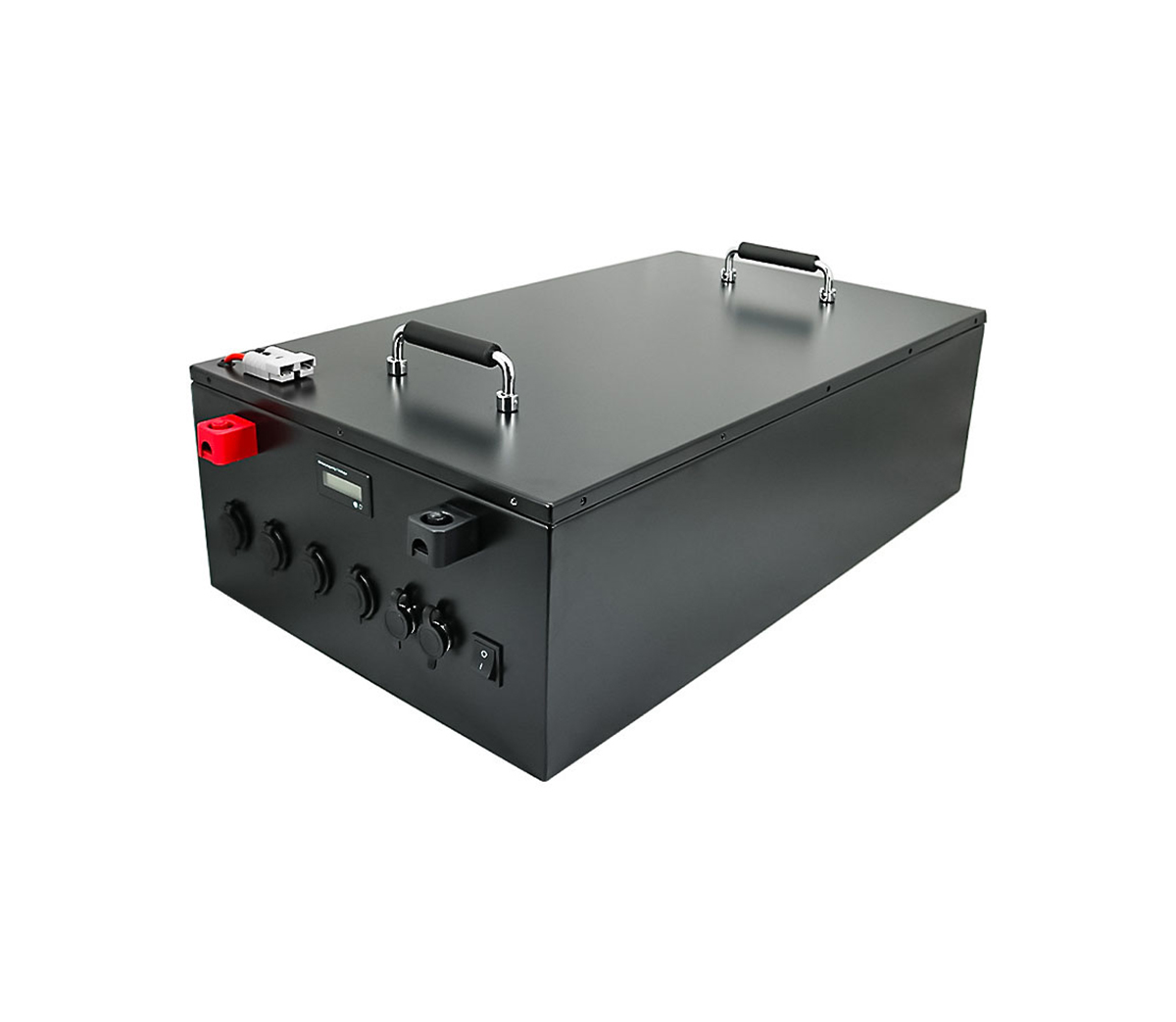Research results of lithium battery materials from Professor Wang Yong's
research group of the School of Environmental Chemistry
As a high-performance energy storage device, lithium-ion batteries have
been widely used in various mobile power sources and other renewable clean
energy carriers, and a new generation of lithium-ion batteries with high energy
density and power density has attracted increasing attention. In order to
further improve the performance of lithium-ion batteries, Professor Yong Wang
and Associate Professor Sun Weiwei's research group conducted research on the
application of environmentally friendly and renewable organic electrode
materials to lithium-ion batteries.
The latest research results of Professor Wang Yong's research group in the
field of organic electrode materials for lithium-ion batteries.
Lithium-ion batteries, as a high-performance energy storage device, have
been widely used in various mobile power sources and other renewable clean
energy carriers. A new generation of lithium-ion batteries with high energy
density and power density has attracted increasing attention. In order to
further improve the performance of lithium-ion batteries, Professor Yong Wang
and Associate Professor Sun Weiwei’s research group carried out research on the
application of environmentally friendly and renewable organic electrode
materials in lithium-ion batteries, and constructed a two-dimensional
co-existence with a few layers through molecular-level design. Conjugated
covalent organic frame electrode materials greatly improve the lithium storage
performance of organic electrodes, and the reversible lithium storage capacity
can be as high as 1500mAh/g, which is not inferior to high-capacity inorganic
electrode materials. This research result has realized the full excitation and
utilization of the active lithium storage sites between the layers or inside the
organic framework material structure, thus obtaining the organic electrode
material of lithium ion battery with ultra-high reversible lithium storage
capacity and excellent cycle stability. At the same time, through the in-depth
study of the staged lithium storage mechanism, it provides a certain theoretical
support and guidance for the design, synthesis, derivative modification and
further application of organic frame electrode materials.
The next generation of lithium batteries for electric vehicles and mobile
phones will choose all-solid-state lithium-ion batteries with higher energy
density and better safety. In order to accelerate the research and development
of new materials and all-solid-state lithium-ion batteries, our country
established the “Material Genome Technology” national key research and
development plan for the first time during the “Thirteenth Five-Year Plan”
period, and hopes to pass the high-throughput calculation, synthesis, detection
and database of the material genome ( Big data machine learning and intelligent
analysis) new concepts and new technologies to accelerate the research and
development of all-solid-state lithium-ion batteries, and set up a national key
special project of “All-solid-state battery research and development based on
material genome technology”, which is sponsored by Peking University Shenzhen
Graduate School As the chief scientist, Professor Pan Feng of the School of New
Materials took the lead in organizing the joint responsibility of 11 units.
An important part of the research and development of the project includes
the research and development of new solid electrolytes and the control of each
interface of solid battery materials. Solid electrolytes are mainly divided into
inorganic solid electrolytes, solid polymer electrolytes and composite solid
electrolytes. Traditional solid polymer electrolytes have low conductivity near
normal temperature and a narrow potential window, while inorganic solid
electrolytes have poor flexibility and large interface impedance. As a
combination of the two, the composite solid electrolyte not only has
flexibility, but also has good electrical conductivity at relatively low
temperatures, and has broad research prospects.
The three components play their own roles. The inorganic solid electrolyte
provides a channel for lithium ions, and can also make the composite solid
electrolyte have higher mechanical strength; the organic macromolecule PEO can
not only conduct lithium ions, but also act as a bonding ceramic The role of
particles; the organic small molecule BPEG first reduces the crystallinity of
PEO, and secondly changes the hard contact between the solid-solid interface
into a soft contact, which can make the deposition and extraction of lithium on
the metal lithium more uniform. By having the above characteristics, the
electrolyte can well physically and chemically block the generation of lithium
dendrites. In addition, the composite solid electrolyte was electrochemically
tested at 60 degrees Celsius using the lithium iron phosphate and metal lithium
of the solid battery as the positive and negative electrodes. The specific
capacity was 158mAhg-1 at a rate of 0.1C and a specific capacity of 158mAhg-1 at
a rate of 2C. Specific capacity of 94mAhg-1. This research has important guiding
value for the study of solid electrolytes.
The research results were published in the recent top international
journals of materials and energy. The work was supervised by Professor Pan Feng
and completed by postdoctoral fellow Yang Luyi as the first author and the team.
This work was supported by the National Material Gene Key Special Project and
the Guangdong Provincial Innovation Team.
Polaris Energy Storage Network News: Recently, the research group of
Professor Xia Yongyao from the Department of Chemistry and New Energy Research
Institute of Fudan University proposed a new type of lithium ion (sodium ion)
battery system for the first time. /Sodium ion aqueous solution, the negative
electrode adopts a solid organic polymer, the electrolyte adopts an aqueous
solution of lithium nitrate or lithium sulfate, and the polymer ion exchange
membrane is used as a separator to separate the liquid positive electrode from
the solid negative electrode.
According to the introduction, the working principle of the traditional
lithium battery is based on the intercalation/deintercalation of lithium ions in
the positive and negative electrodes, also known as "rocking chair batteries."
The working principle of the new battery is similar to that of the traditional
lithium ion battery: the positive electrode reaction is based on the redox of
the I3-/I- pair in the solution, the negative electrode reaction is based on the
reversible enolization reaction of the carbonyl group on the polyimide, and the
lithium ion/sodium ion polymer The exchange membrane is a battery diaphragm,
which is accompanied by the migration of lithium ions Li+ (or sodium ions Na+)
between the positive and negative electrodes during charging and discharging.
Compared with the limited cycle life and power density of traditional batteries,
the positive and negative electrode reactions of the battery in this system do
not involve the diffusion of ions in the solid material and the volume of the
electrode material during the charge and discharge process caused by it. The
high energy density of the battery and the long cycle life of the capacitor are
effectively combined with the high power density. Experiments have shown that
both the positive and negative materials exhibit faster electrode reaction
kinetics, making the battery exhibit high-power performance similar to
capacitors. The battery is charged and discharged between the voltage window of
0~1.6V and can be cycled up to 50,000 times, which far exceeds the cycle life of
traditional rechargeable batteries (<10,000 times).
Compared with the existing secondary batteries and flow batteries using
metal oxide electrode materials or organic electrolyte solutions, all components
in this new type of lithium ion (sodium ion) battery system (including aqueous
electrolyte and electrode material polyamide) Both imine and iodine-based active
substances) are environmentally friendly and pollution-free. Moreover, the
electrode reaction in the battery system does not involve the
oxidation-reduction of metal elements, which also greatly reduces the
manufacturing cost of the battery. The battery has excellent performance such as
high energy density, high power density, long cycle life, high safety, and low
cost. It is expected to be used in wind power, solar power and other energy
storage, smart grid peak and valley load regulation in the future.


































